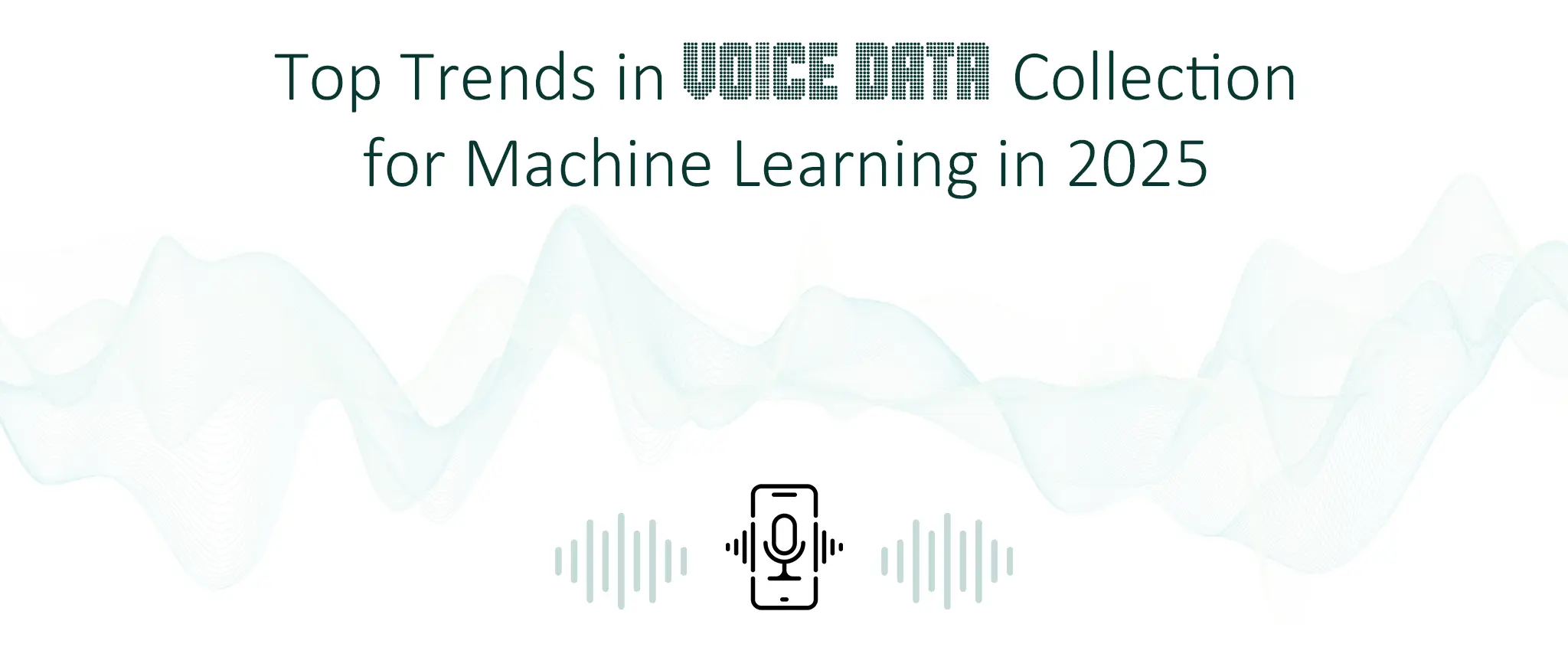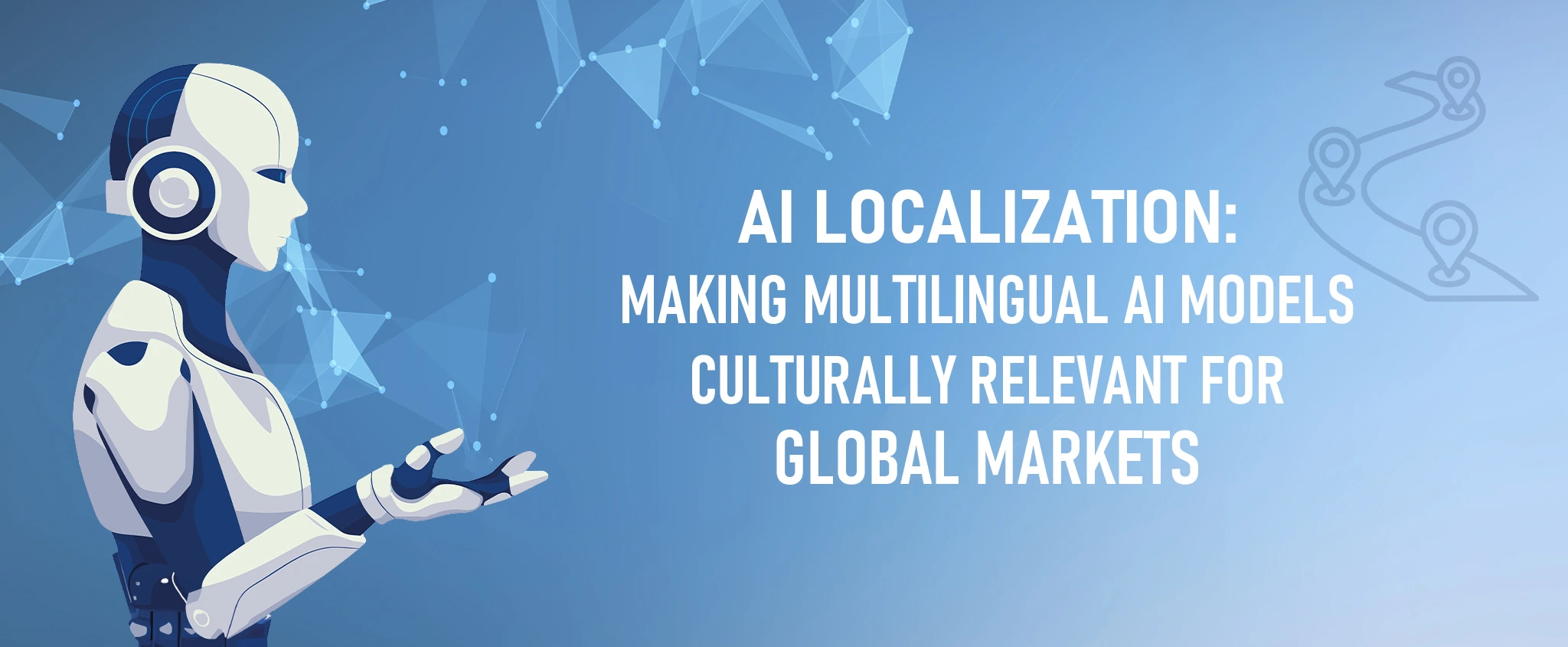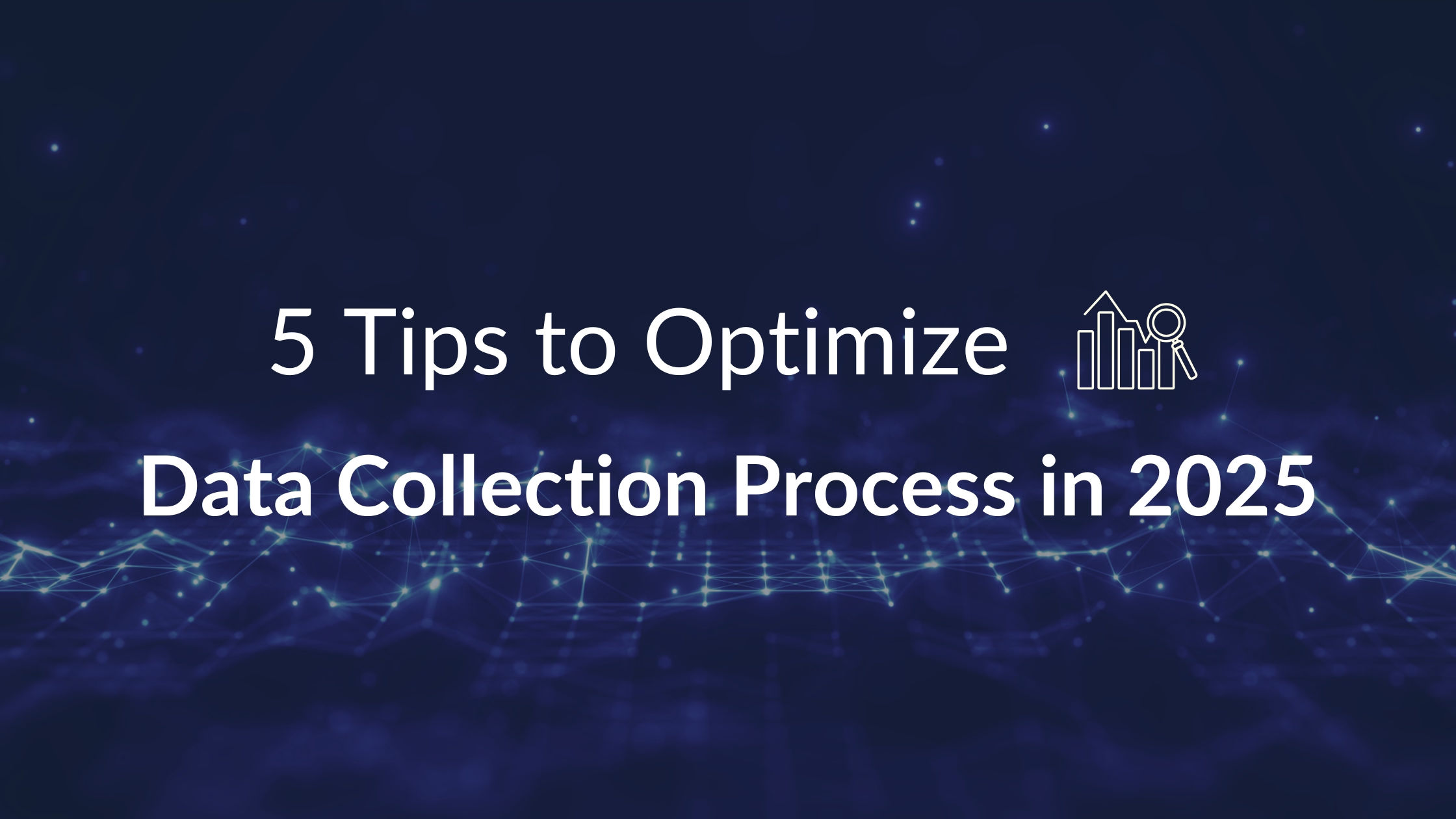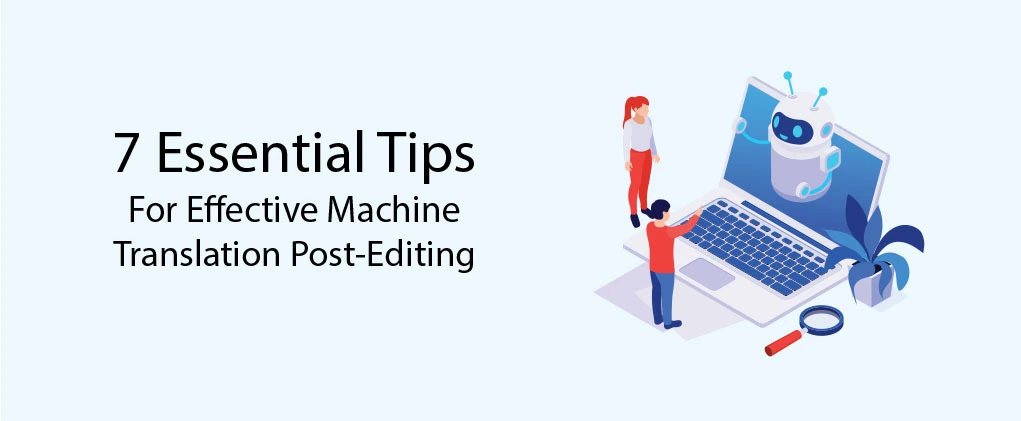Top Trends in Voice Data Collection for Machine Learning in 2025
Voice data collection has come a long way ever since it was introduced. Presently, it is largely used for ubiquitous features that ease people’s daily lives – from students to the workforce. In particular, voice data collection enhances AI and machine learning, which improves user experience.
Voice datasets are undeniably rich, especially during this time of digital technology. Globally, around 3.25 billion people utilize voice search and assistants – powered by such rich voice datasets, which rake up to $2 billion in sales. Apple’s Siri and Google Assistant are household names by now, with 36% each being the most popular voice assistants.
Today, CCCI brings you the top trends in voice data collection for machine learning in 2025! From its role in AI and machine learning to chatbots and voice assistants that improve customer experience, we’ll share several data collection methods and practices that would totally rule 2025!
Key Takeaways:
- Voice data collection is largely used for ubiquitous features that ease people’s daily lives – from students to the workforce.
- Audio data collection enables AI and machine learning to learn algorithms, which are more dynamic and not inflexible.
- With high-quality speech data, chatbots can interpret and respond accurately to customers with updated and relevant information, enhancing customer experience in the long run.
- With high-quality and sufficient datasets, AI models can operate accurately, especially in the aspect of dialects, settings, and emotions.
- For services on multilingual voice data collection, transcription, and localization, CCCI got your back!
Table of Contents:
- Voice Data: AI and Machine Learning
- Voice Data: Conversational AI and Customer Service Bots
- Voice Data: Critical For AI Training
- CCCI: Voice Data Collection Services
Voice Data: AI and Machine Learning
As we all know, AI systems can interpret complex human speech and emotion patterns. It can even be trained to identify different speakers based on nuanced differences! So, how is speech data collection important in Artificial Intelligence and Machine Learning?
Machine learning particularly refers to a branch of artificial intelligence wherein computer systems learn and imitate human intelligence processes. Data collection methods are important in machine learning as they act as the “food” that feeds the computer systems to learn. Because food is equivalent to nutrients, high-quality voice data is important for AI and machine learning.
Specifically, audio data collection enables AI and machine learning to learn algorithms, which are more dynamic and not inflexible. Speech and audio datasets are the foundation of dynamic voice assistance and continuously improve speech-to-text processes. Moreover, these datasets can be used as training data for Natural Language Processing and Automatic Speech Recognition and continuously improve AI model accuracy.
We often see how this works through familiar real-life examples. For example, the Automatic Speech Recognition (ASR) process is utilized in Amazon’s Alexa, Apple’s Siri, and Google Assistant. These applications are used especially in virtual assistance, customer service chatbots, transcription services, and language translation tools.
Voice Data: Conversational AI and Customer Service Bots
Utilizing machine learning and Natural Language Processing (NLP), AI systems can simulate human-like conversations, which is called Conversational AI. This type of AI is commonly used in customer service, with chatbots being the primary feature to attend to customers with immediate concerns. In fact, in 2024, 51% of people utilize chatbots for immediate responses, according to this report.
How is voice data collection important in conversational AI? Voice datasets improve ASR and NLP, as well as the understanding of chatbots. With high-quality speech data, chatbots can interpret and respond accurately to customers with updated and relevant information, enhancing customer experience in the long run.
Benefits of Customer Service Bots
In 2025, the trend of using customer service bots is projected to increase. Several international companies have started to incorporate customer service chatbots with their services to improve diverse customer experience. Here are the following benefits of using customer service bots:
- FAQs. Incorporating frequently asked questions with the datasets for AI training makes it possible for AI bots to answer repetitive and predictable questions. This way, simple and basic queries can be answered quickly, efficiently, and without much effort.
- 24/7 Customer Support. Using AI bots guarantees that there is 24/7 customer support. This opens the door for improved user experience, as customers can now have their queries answered anytime, without the limitations of time and availability of customer representatives.
- Inclusive Support. Customer service chatbots may also give inclusive support to customers regardless of language and nationality. Utilizing multilingual voice data in training AI bots would guarantee that they would reach and support a more diverse customer base.
- Ease Burden. Customer service chatbots reduce customer representatives’ workload. AI bots can act as a filter sifting through issues so that queries beyond the knowledge base of the system can be escalated to the team. As simpler and basic queries are handled by AI bots, they now have more space to deal with complex issues.
- Customer Feedback Collection. Customer service bots may also automate and collect feedback from customers. Efficiently, they can incorporate surveys into their algorithm and seamlessly collect feedback from customers while assisting them.
- Cost Reduction. Incorporating chatbots in customer service reduces support-related costs. In fact, businesses are now starting to use AI-based virtual agents and cut off up to 30% of customer service costs.
Voice Data: Critical for AI Training
Utilizing voice data collection is critical for AI training. With high-quality and sufficient datasets, AI models can operate accurately, especially in the aspect of dialects, settings, and emotions. Here are the best practices of AI training and key applications of voice data in AI:
AI Training Best Practices
Voice data is an important aspect of training AI models. It creates smarter and more responsive AI models with better human interaction. Here are the best practices for training AI:
- Choose the right tools. Choosing the right tools enables you to scale and handle large volumes of data and monitor the entire process efficiently. The right tools would also enable you to customize your models and secure sensitive data.
- Ensure quality and accuracy. AI models can make great companions in our tasks, however, if they are programmed incorrectly, it may affect their entire performance. That is why ensuring quality and accuracy is important in AI training. This practice increases the trust in AI models and aids in better decision-making.
- Comply with ethical standards. Compliance with ethical standards ensures accountability and transparency. With this, customers will feel confident in using AI models thinking that their sensitive information is well-protected. Furthermore, ensuring human-centered AI warrants that AI is used to augment human capabilities and not to replace them entirely.
Key Applications of Voice Data in AI
AI models feel more human and natural with the use of voice data. With the help of voice data, these models are trained to identify nuances in tone, emotion, and voice patterns. Here are the key applications of voice data in AI:
- Voice Assistance. Voice data improves the speech recognition capabilities of AI models. Especially in voice assistance, wherein the system can turn spoken commands into actions, enabling a natural hands-free interaction with technology.
- Text-to-Speech. Voice data is also used to create natural-sounding speech from the input text. This is an essential feature in making technology accessible to everyone, especially persons with disabilities.
- Voice Authentication. Security systems use voice data to create unique voiceprints for authentication. Often called voice biometry, it is becoming increasingly popular this year as an extra security measure, especially in banks, smart homes, and unlocking voice-enabled devices.
CCCI: Voice Data Collection Services
There you have it — the top trends of voice data collection for machine learning in 2025!
Speech data collection is important for virtually every sector—from medicine, education, business, and entertainment—as it drives improvements in user experience and inclusivity. The aforementioned methods and practices would truly make a difference in creating natural-sounding and relevant AI systems and models. For services on multilingual voice data collection, transcription, and localization, CCCI got your back! Contact us today!






